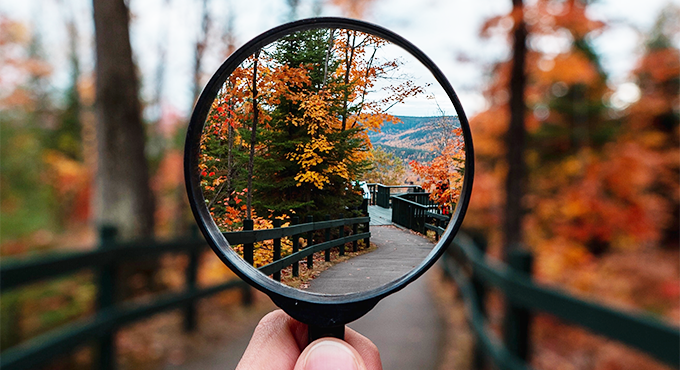 Nyheder
Nyheder 
Olympic torch relay route: an epic French journey
Designed in collaboration will all French territories engaged in the Paris 2024 Summer Olympic and Paralympic Games, the Olympic torch relay route has just been revealed. Organisers wanted to turn the route into an “epic journey” through 66 French cities during two months.
The Torch Relay is an outstanding tradition that takes us back to the roots of the Games. Also known as the Olympic torch, the flame is a symbol that forms part of the ceremonial of the modern Olympic Games (and to a large extent part of the traditions of the ancient games). There are several stages in this relay: the lighting of the torch, then the relay of the flame, passing from participant to participant and from city to city, ending with the lighting of a cauldron by the last torchbearer on the site of the Games, at the official opening.
From Olympia to Marseille
As the official website of the Paris 2024 Olympic Games details, the first Torch Relay will be lit on 16 April 2024, “following the ancient tradition, by the sun’s rays, during a ceremony held in the sanctuary of Olympia, in Greece, where the ancient Games were held” in Antiquity.
From the Peloponnese, the Olympic Flame will head to Athens to board the famous three-masters Belem, one of the oldest in Europe still able to take the sea and second largest sailboat in France. On board of the sailboat, the flame will cross the Mediterranean Sea to reach Marseille on 8 May 2024. From there, says the official website, the torch will continue its “epic journey” across France, from North to South and from East to West. All the country will be focused on this journey, and no less than 66 cities declared being ready welcome the flame: from Montpellier to Toulouse, Bordeaux to Poitiers, Mont Saint-Michel to Brest, Strasbourg to Lille, but also the overseas territories, La Réunion, Guadeloupe, Martinique, Guyana and even French Polynesia!
Beauty and diversity of France
From 8 May 2024, the Olympic Torch Relay will showcase France’s “beauty and diversity, its history and exceptional landscapes, and its know-how, traditions and talents”. These four themes are developed one by one by the official website:
- a travel through time: the route is a deep dive into the History of France, since it builds “links between different eras, highlighting exceptional sites that contributed to France’s reputation and influence during each major period in its History”. The Flame will travel to the Lascaux caves, the Alésia archaeological site, the medieval city of Carcassonne, the Palace of Versailles, the châteaux of the Loire Valley, the Mont Saint-Michel, the Landing Beaches, and much more.
- the discovery of France’s natural heritage: the Torch Relay is a unique opportunity to “showcase France’s most beautiful landscapes” with hikes on the Mont Canigou in the Verdon regional natural park, the Île aux Moines Island and the Mont-Blanc valley, the banks of the River Loire and the many national parks, forests, lakes, and magnificent coastlines.
- showcasing French know-how: the Relay will also showcase “all those who are committed to running businesses, showing audacity, embodying French know-how and maintaining tradition”, in the sense where the route travels through the most prestigious vineyards of France and all territories where the spearhead of French gastronomy was born;
- a forestate of French culture: “culture in all its forms” will be celebrated during these 68 days of Relays. The Flame will visit a number of museums, from the Cité internationale de la langue française to the comic arts museum and the Louvre-Lens, but also attend many concerts throughout the route.
The place of sports
But for the Olympic Flame, the idea is also (what could be more natural?) “shining a light on the emotions and collective energy of sport”. Indeed, as the official website points out, “by opening the way to the Games, the Relay will remind everyone just how important sport is in the hearts of the French”.
The Relay will celebrate “sport in all its aspects”, from well-being sports to top-level competition. The organisers have called on the federations and clubs to showcase their sport along the route, “surfing the waves at Biarritz or Teahupo’o, or climbing Mont Ventoux, the legendary cycling pass”. The passing of the flame will also be an opportunity to celebrate “major sporting landmarks” and “legendary sporting facilities”, including the Stade de Marseille and the Geoffroy-Guichard stadium in Saint-Etienne, the Simonne-Mathieu court at Roland-Garros, the Olympic Aquatic Centre in Saint-Denis and the Yves-du-Manoir stadium in Colombes.
The site concludes with these words: “What a show!”.
Discover more:
Official website of the Paris 2024 Summer Olympic and Paralympic Games





Commentaires
Du skal være tilsluttet for at skrive en kommentar Connectez-vous.